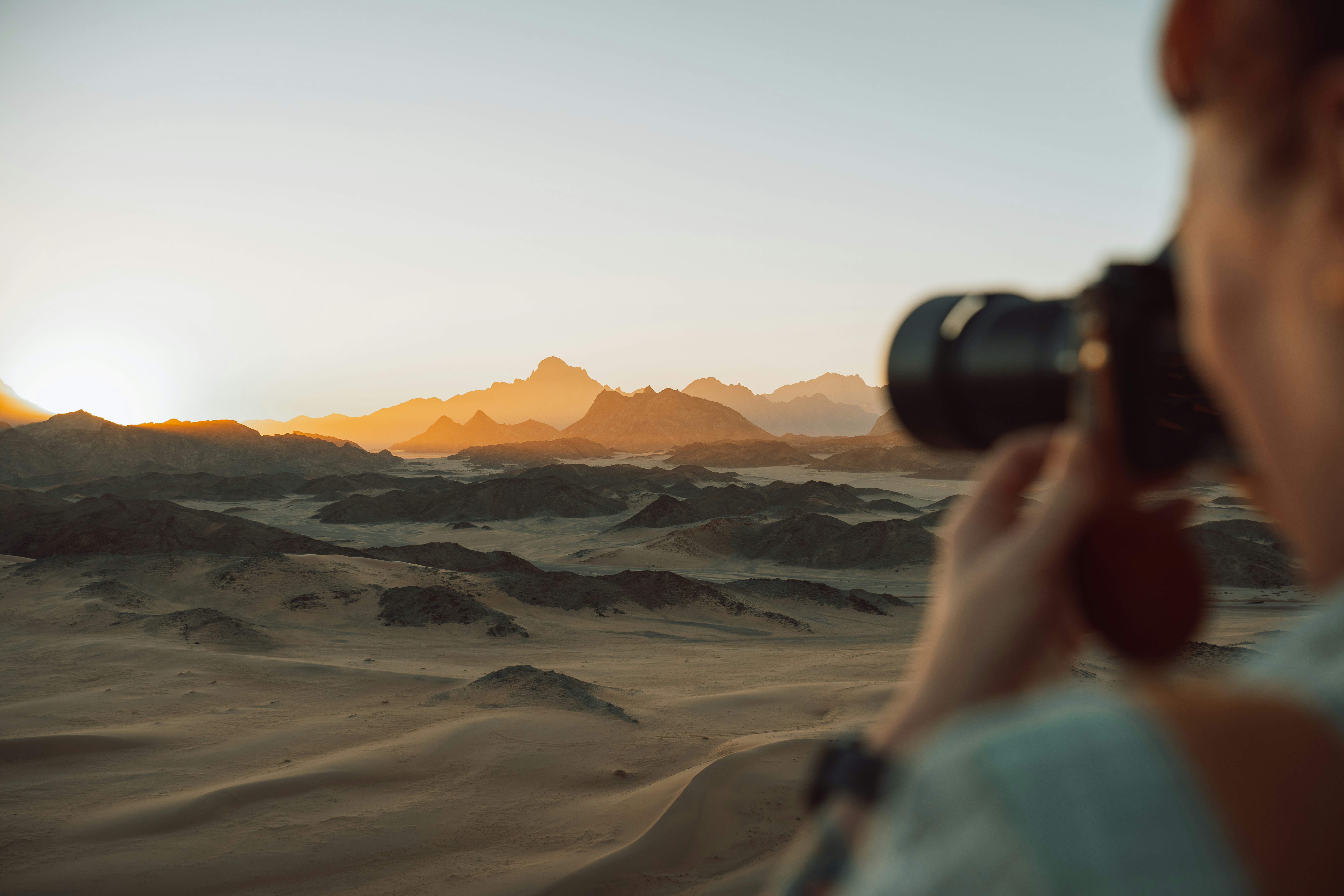Beyond Gear – Personal Safety Playbook For Photographers Abroad

Sun-drenched cliffs, lantern-lit alleys, bustling markets… Yes, overseas shoots deliver images that local assignments rarely match. But as they say, behind every photo is a story, and that doesn’t apply only to people in front of the camera. Behind every postcard scene are new places, unfamiliar laws, bad medical coverage, and the simple fact that you are a long way from home.
Before boarding the plane, it is worth treating personal safety as deliberately as image format, exposure, and composition. A clear plan for legal compliance, health protection, street awareness, and data security frees you to concentrate on the light instead of last-minute panic.
How to Prepare for a Photoshoot Abroad
Let’s take a look at some things you should keep in mind while preparing for your trip:
Know the Laws Before You Land
Paperwork may feel boring when compared with lens choices, but one missed permit can sink an entire job. Start by confirming that the visa you carry actually allows paid work; many countries split tourist and commercial categories with little wiggle room.
Next, look at location rules. Historic districts may forbid tripods, while some athletic events may forbid drones. Finally, refresh your model-release language if you will photograph people in areas governed by strict privacy codes, such as Europe’s GDPR. Completing this legal audit at least a month before departure helps you adjust contracts and logistics while there is still time to spare.
Insurance and Liability Basics
A camera body can be replaced; shattered trust with a client is harder to mend. Review your gear policy to make sure the payout is based on current market value rather than the original receipt. Confirm that personal-liability coverage travels with you and extends to assistants and bystanders who could trip over a light stand.
Add a short-term medical evacuation rider if you will work far from modern hospitals. Freelancers might also consider professional liability insurance that compensates for missed deadlines, because an injury that keeps you off your feet could breach delivery clauses written into a foreign contract.
Health Prep: Vaccines, Meds, and Self-Care
Staying healthy on the road begins weeks before take-off. Bring routine vaccinations up to date and schedule travel-specific shots early enough for immunity to build. Create a pocket medical file (digital and printed) that lists allergies, prescriptions, and your doctor’s contact details.
Consider the medications you rely on through the lens of legal history as well as side effects. For instance, rising Depo Provera lawsuits have prompted some women to rethink long-acting contraceptive injections before heading into remote areas where prompt care is scarce.
On travel day, hydrate heavily, walk the cabin, and aim for a full night’s sleep during the final layover so you hit the ground running.
Situational Awareness on Location
A neighborhood buzzing at noon can feel entirely different after dark, so scout sites at multiple times of day. Hotel staff, rideshare drivers, or a trusted local fixer can highlight streets to embrace and corners to avoid.
Dress low-key, tape over brand labels on bags, and consider carrying a decoy wallet if petty theft is a concern. Whenever possible, work with an assistant who watches your surroundings while you chase a shot; the cost of an extra day rate pales beside the price of a grabbed camera or a confrontation.
Digital Security and Data Backups
Replacing equipment is painful but straightforward; losing a day’s card full of wedding photos can cripple a project. Each evening, copy files to a laptop, then upload a cloud backup while you sleep. Protect those transfers with a VPN, because café Wi-Fi often leaks data. Travel with a fresh laptop image stripped of sensitive personal files so border inspections, if they happen, are quick and uneventful.
Emergency Contacts and Contingency Plans
Compile a single document that lists the nearest embassy or consulate, your insurer’s 24-hour hotline, hospitals within reach of your accommodation, and a friend back home who tracks your itinerary. Store one paper copy in your camera roller and save a photo of the page as the lock screen on your phone. If the worst happens, first responders and medical staff can reach vital information even if you are unable to speak or unlock devices.
After the Shoot: Debrief and Recover
Once home, spread every piece of gear on a workbench. Coastal shoots deposit salt; deserts sneak sand into shutter blades. A methodical clean keeps small particles from ballooning into expensive repairs. Listen to your body as carefully as you listen to client feedback. Lingering headaches, joint pain, or fatigue deserve medical attention, not another espresso. Choose the images you want for your portfolio and get permissions. Finally, note what worked (VPN held steady, cloud uploads finished overnight) and what did not.
Shoot Smarter, Sleep Easier
Spectacular travel photography is rarely an accident; it is the outcome of disciplined preparation layered beneath creative instinct. When you invest equal effort in legal research, insurance fine print, health diligence, street smarts, and data hygiene, you protect your craft and livelihood.